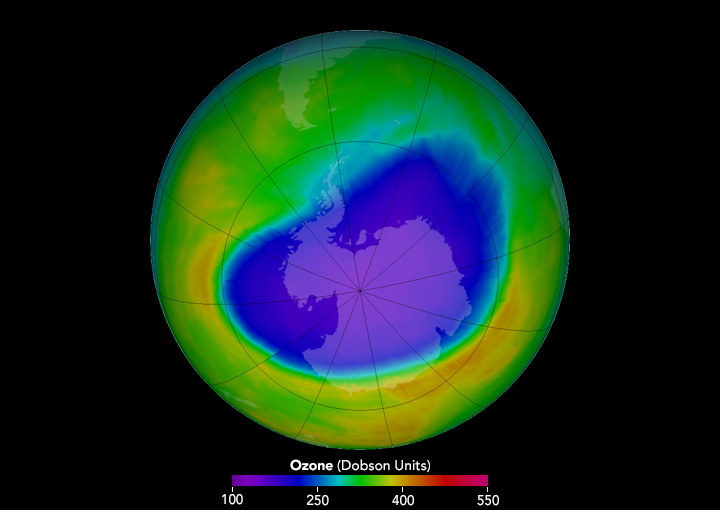SOURCE: AAAS EurekAlert
DATE: February 6, 2018
SNIP: Global ozone has been declining since the 1970s owing to certain man-made chemicals. Since these were banned, parts of the layer have been recovering, particularly at the poles.
However, the new result, published today in the European Geosciences Union journal Atmospheric Chemistry and Physics, finds that the bottom part of the ozone layer at more populated latitudes is not recovering. The cause is currently unknown.
Study co-author Professor Joanna Haigh, Co-Director of the Grantham Institute for Climate Change and the Environment at Imperial College London, said: “Ozone has been seriously declining globally since the 1980s, but while the banning of CFCs is leading to a recovery at the poles, the same does not appear to be true for the lower latitudes.
“The potential for harm in lower latitudes may actually be worse than at the poles. The decreases in ozone are less than we saw at the poles before the Montreal Protocol was enacted, but UV radiation is more intense in these regions and more people live there.”
The cause of this decline is not certain, although the authors suggest a couple of possibilities. One is that climate change is altering the pattern of atmospheric circulation, causing more ozone to be carried away from the tropics.
The other possibility is that very short-lived substances (VSLSs), which contain chlorine and bromine, could be destroying ozone in the lower stratosphere. VSLSs include chemicals used as solvents, paint strippers, and as degreasing agents. One is even used in the production of an ozone-friendly replacement for CFCs.

